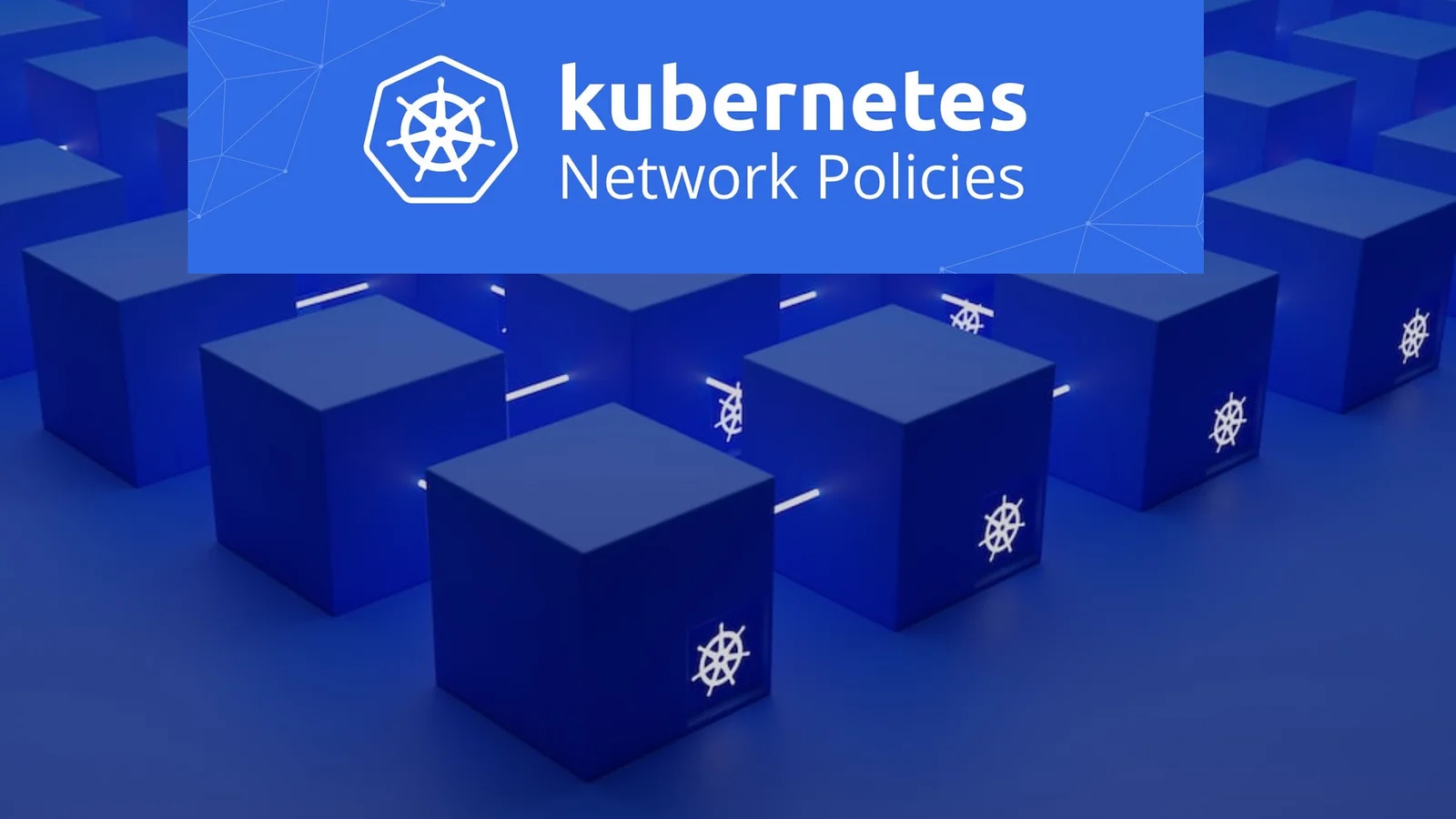Kubernetes - Network Policies
Explore Kubernetes Network Policies in detail, understand their significance, and learn how to implement them effectively.
Introduction
Kubernetes is a powerful container orchestration platform that simplifies deployment and management of applications. However, managing network security within a Kubernetes cluster is crucial to ensure that workloads communicate only as intended. Kubernetes Network Policies enable fine-grained control over inter-pod communication, allowing administrators to enforce security rules efficiently.
What are Kubernetes Network Policies?
- A Network Policy is a Kubernetes resource that defines rules for allowing or blocking network traffic between pods within a cluster.
- By default, all pods in Kubernetes can communicate freely with each other.
- Network Policies enable administrators to restrict communication based on factors such as pod labels, namespaces, and IP blocks.
Why Use Network Policies?
- Network Policies are essential for:
Enhancing security: Prevent unauthorized communication between services.Compliance and governance: Enforce security policies to comply with regulatory requirements.Minimizing attack surface: Reduce exposure of sensitive services to potential attackers.Isolating workloads: Ensure that applications communicate only with required components.
How Network Policies Work
- Network Policies work by defining rules that control traffic ingress (incoming) and egress (outgoing) from a pod.
- These rules use pod labels, namespaces, and IP ranges to determine which traffic is allowed or denied.
- Key Components of a Network Policy
Pod Selector: Defines which pods the policy applies to using labels.Ingress Rules: Specifies allowed incoming traffic.Egress Rules: Specifies allowed outgoing traffic.Policy Types: Defines whether the policy controls Ingress, Egress, or both.
Creating a Network Policy
- Let’s create a simple Network Policy to allow traffic only from specific pods.
Step 1: Define a Network Policy
- Create a YAML file (network-policy.yaml) with the following content:
1
2
3
4
5
6
7
8
9
10
11
12
13
14
15
16
17
18
19
apiVersion: networking.k8s.io/v1
kind: NetworkPolicy
metadata:
name: allow-app-access
namespace: default
spec:
podSelector:
matchLabels:
app: my-app
policyTypes:
- Ingress
ingress:
- from:
- podSelector:
matchLabels:
role: frontend
ports:
- protocol: TCP
port: 80
Step 2: Apply the Network Policy
- Run the following command to apply the policy:
1
kubectl apply -f network-policy.yaml
Step 3: Verify the Policy
- To check applied Network Policies, use:
1
kubectl get networkpolicy
- You can describe the policy in detail:
1
kubectl describe networkpolicy allow-app-access
Example Use Cases
Deny All Traffic by Default
- A common security best practice is to deny all traffic by default and explicitly allow required communication.
1 2 3 4 5 6 7 8 9 10
apiVersion: networking.k8s.io/v1 kind: NetworkPolicy metadata: name: deny-all namespace: default spec: podSelector: {} policyTypes: - Ingress - Egress
Allow Egress Traffic to a Specific External Service
- Allow pods to communicate only with an external database server.
1 2 3 4 5 6 7 8 9 10 11 12 13 14 15 16 17 18
apiVersion: networking.k8s.io/v1 kind: NetworkPolicy metadata: name: allow-db-egress namespace: default spec: podSelector: matchLabels: app: backend policyTypes: - Egress egress: - to: - ipBlock: cidr: 192.168.1.100/32 ports: - protocol: TCP port: 5432
Network Policy Limitations
- Not all Kubernetes networking solutions support Network Policies (e.g., Calico, Cilium, and WeaveNet support them, but some CNI plugins do not).
- Does not apply to host-networked pods.
- Only controls pod-to-pod traffic (not external internet access unless explicitly defined).
Conclusion
Kubernetes Network Policies provide a robust mechanism for securing inter-pod communication within a cluster. By defining clear ingress and egress rules, administrators can enforce security best practices, limit attack surfaces, and ensure compliance with organizational policies.
